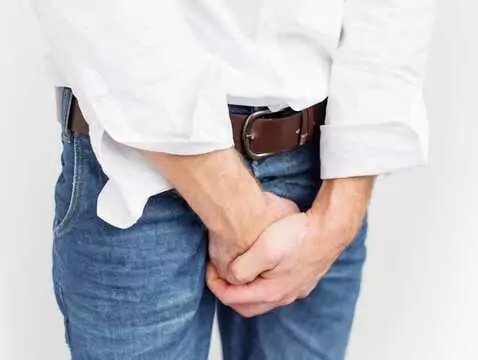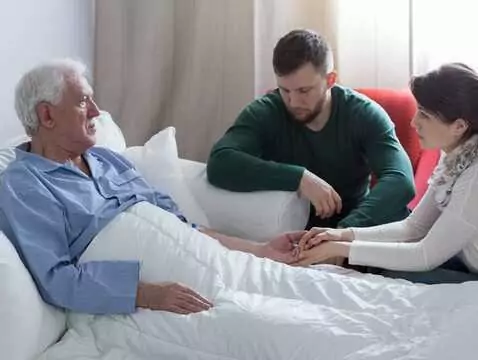Breast cancer in men is a rare disease and accounts for only about 1% of all cases of the disease. It would seem that since men "don't have" breasts, this topic should not concern them. However, everyone's breast, regardless of gender, is made up of tissue that, like other parts of the body, can become cancerous. It is worth taking a closer look at this problem.
The cancer that develops in a woman is no milder than that of a man, but women are often quicker than men to decide to see a specialist, thus automatically increasing the chance of successful treatment. This is not only due to ignorance and a statistically higher neglect of one's own health among the male sex; men often simply do not expect that precisely this part of the body can be attacked by cancer.
If you observe the following symptoms, you should consult a specialist:
- a lump in the breast;
- a painful, irritated nipple;
- the nipple has changed colour;
- skin lesions involving the whole breast, not just the nipple;
- an enlarged lymph node under the arm.
It is worth adding that breast enlargement and so-called gynaecomastia do not mean cancer; breast hypertrophy can be linked to hormone therapy, alcohol abuse, being overweight or.... smoking cannabis.
Diagnosis and treatment
The detection and treatment of this type of cancer is similar to that in women. The disease is first diagnosed by means of a simple physical examination, during which the doctor uses his fingers to check whether there is a lump in the area of the breast and lymph nodes. If he senses one, he will assess its size and location. Then, if he or she senses any worrying changes, he or she will send the patient for further examinations and, with the help of a mammogram and ultrasound, it will be possible to establish further information about the cancer that has developed. A biopsy, where a thin needle is used to remove the affected tissue and examine it in the laboratory, will also be helpful.

photo: panthermedia
Treatment can also take place, as with female breast cancer, in several ways. The most basic of these is surgery to remove infected tissue from the body. The treatment may be supplemented with radiotherapy, chemotherapy or - hormone therapy.
Since many cases of breast cancer in men have a hormonal basis, hormone therapy is often used as a response to a disturbance in the body. This type of treatment is statistically more successful in men than in women, as almost 90% of male breast cancers have hormone receptors.
It is also worth noting that hormonal drugs that work in the case of women are not as effective in the treatment of men.
Of course, anti-cancer hormone therapy can have some side effects, such as less interest in sex than usual, erectile problems, hot flashes, sweating, decreased energy, a general feeling of heaviness.
Therefore, it is worth observing your body and do not underestimate worrying changes; early diagnosis can save health and life in many cases.









